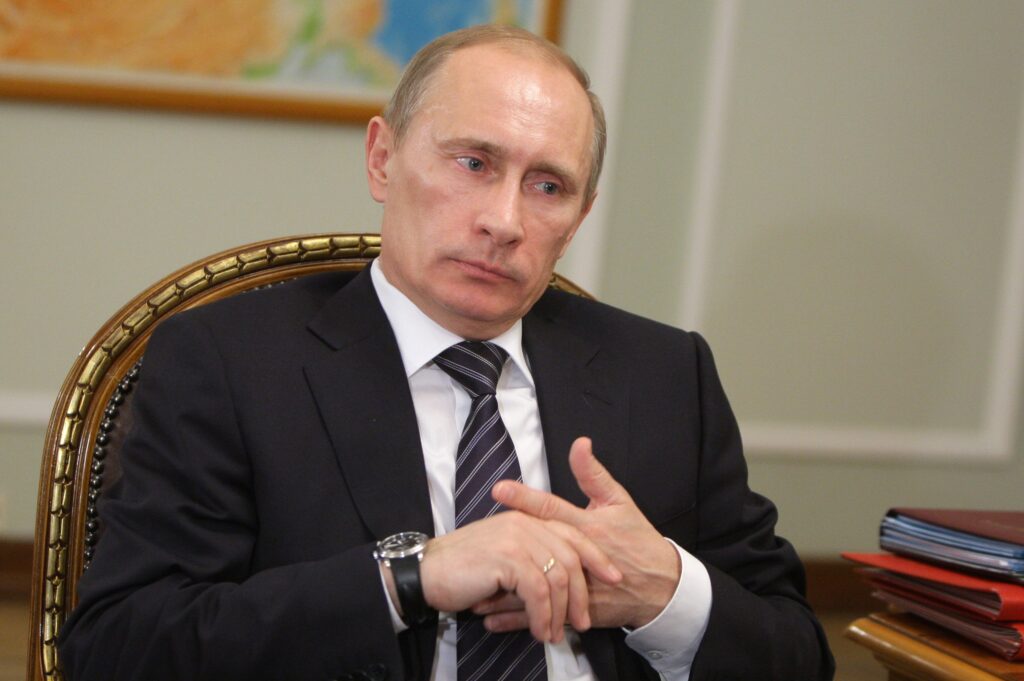Vladimir Putin has new trouble back home in Russia

According to multiple major American news outlets, Russia has arrested upwards of four thousand of its own people for daring to take to the streets in protest of Vladimir Putin’s invasion of Ukraine. We’ve seen the Putin regime crack down on protesters before. What makes this different? Those four thousand arrests took place yesterday alone.
We’ve all seen this script play out before, just in other countries. Once a dictator or authoritarian reaches a point where thousands of his own people are taking to the streets against him, he has to crack down on them in order to look like he’s still in control. But cracking down on your own people can backfire and enrage even more of your own people, sending them into the streets as well.
At some point it becomes a numbers game. Putin has arrested thousands of his own Russian people, and he can arrest thousands more. But there’s a tipping point where there would simply be too many Russian people in the streets to arrest them all. Then Putin would have to decide whether to try to start killing his own people in the streets – which in turn could lead to even more people taking to the streets.
We’ve all seen disappointing videos depicting Russian citizens still praising Putin and reciting the lies that the Putin regime keeps spreading. But Russia is like any other country, in that there are plenty of pro-Putin people, and plenty of anti-Putin people (just think of how politically divided the United States is for reference). In Russia, it’s not necessarily about what percentage of Russians are for or against Putin, since he doesn’t allow legitimate elections anyway. There are surely millions of pro-Putin people, and millions of anti-Putin people, in Russia. It’ll come down to just how many of those anti-Putin people are willing to keep taking to the streets, in the face of potentially increasing danger.
Once critical mass has been reached, then it’ll come down to whether the police, military, and local government leaders are willing to keep going along with Putin’s increasingly grotesque orders for cracking down on Russian protesters, or whether they draw the line and end up siding with the protesters.
With so many variables, the specific sequence of events becomes impossible to predict. But for overextended and failing dictators, the endgame usually comes down to the same equation: will enough of that nation’s people keep taking to the streets until the issue is sufficiently forced such that lower level officials end up siding with them? Whenever we’ve seen that point reached in the past, dictators have usually fallen fairly quickly thereafter.
